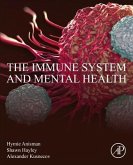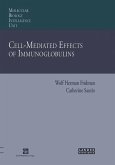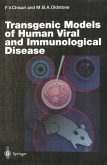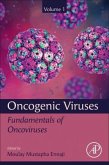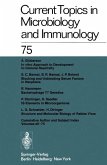It has been 12 years since the first proposal was made to sub divide mouse CD4 I T cell clones into Th I and Th2 subsets, based on their differences in cytokine production, and 7 years since the first clear demonstration of a similar dichotomy among human T cell clones. In the ensuing period, it has been realized that inappropriate development of Th I or Th2 responses are important features of many immunological and infectious dis eases. Perhaps the first group of diseases to be understood in terms of preferential Th subset activation were allergic diseases (see PARRONC'HI et aI. , this volume). Several of the major, co ordinately regulated, features of allergy, including IgE, eosino philia and mastocytosis, were found to be stimulated by the T- specific cytokines I L-4 and IL-5 and inhibited by the Th I cyto kine, IFN-. This suggested that the presence and severity of al lergic responses reflected the relative numbers of Th I and Th2 cells specific for the offending allergen. Similarly, the very dif ferent consequences of protective Th I and nonprotective Th2 responses to a number of intracellular pathogens have been re cognized for some time (see TRINCHIERI and SCOTI, and COFF MAN et aI. , this volume).
Bitte wählen Sie Ihr Anliegen aus.
Rechnungen
Retourenschein anfordern
Bestellstatus
Storno


